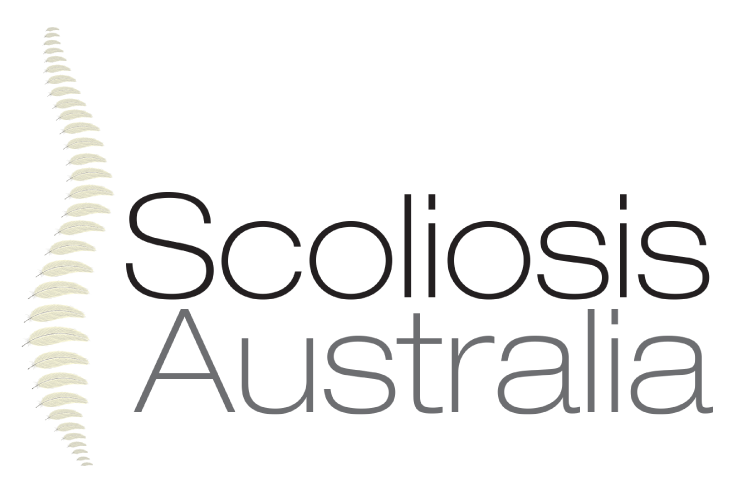The genetic (heritable) basis of adolescent idiopathic scoliosis (AIS)
This bulletin has been prepared for families where one or more members (usually females) have AIS. In the past the word ‘idiopathic’ has been widely used to mean ’cause unknown’ but today there is clear evidence that most, if not all cases of AIS, have a genetic basis. The term ‘familial’ scoliosis is also now used to describe the condition.
Genetics is an extremely complex and highly technical branch of science. There are many quite different ways whereby a given trait or condition can be passed from one generation to the next. The recent mapping of the human genome (DNA) is a giant step towards unravelling the mysteries of medicine generally. This amazing achievement has set the stage for the discovery of the genetic basis of AIS. There are exciting possibilities for major advances in the management of AIS and, dare we say it, even prevention. But, this is not a pipe dream now that the research tools and techniques have become available.
At present there are three probable genetic mechanisms for the inheritance of AIS – autosomal dominance (this produces a high proportion of affected members in a family), X – linked transmission (X is the female sex chromosome) and what is called multifactorial. The last of these is particularly important and multiple genes (a gene is an active or functional segment of DNA which makes up a chromosome) are implicated. It is now known that environmental factors, using this term in a broad but not precisely defined way, play a key role in multifactorial inheritance. This is why research on the genetics of scoliosis in Australia needs to be done in this country. As yet it cannot be determined on clinical and X-ray evidence alone which form of inheritance has resulted in curve development in any one AIS patient.
An Australian study determined that AIS in this country is associated with advanced maternal age (an environmental factor) as it is in the United Kingdom. Further, the children of older mothers tend to have more severe curvatures. As there is now an established trend in our society to defer pregnancy until the late 20s and early 30s, it seems likely that AIS will become more common and curves larger.
Let us take the example of 14-year-old girls with curves that require treatment. The existing data indicate that 27 percent of their children will also be affected; 11 percent of their first degree relations (first cousins) will also have a curve, as will 2.4 percent of their second cousins and 1.4 percent of their third degree relatives. Hence, any family and its branches, with a child who has AIS, also has a vested interest in the genetics of AIS.
